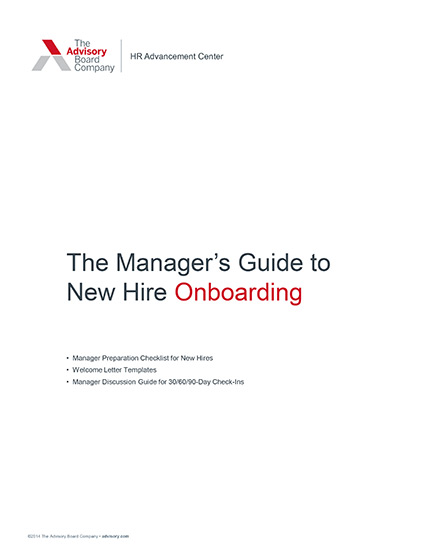Auto logout in seconds.
Continue LogoutEditor's note: This story was updated on March 15, 2018.
Not everyone can have an inspiring boss. That's why it is important for workers to be able to motivate themselves, Julie Moscow writes for the Harvard Business Review.
Moscow reached out to experts and compiled seven tips for keeping up your engagement at work and pursuing your professional goals when your manager isn't an effective leader.
1. Recognize that you are in control. Heidi Grant Halvorson, a motivational psychologist, says, "employees have more control than they realize over their ability to build and sustain motivation in the workplace." The key is to maintain a sense of progress at work. Employees who remain focused on their goals can have "a more fulfilling, more motivated approach to work no matter who your manager is," Halvorson says.
2. Find out what motivates you. Without external leadership from a manager, it is important to understand what drives you internally so you can stay motivated. Teresa Amabile and Steven Kramer, authors of The Progress Principle, say motivation comes from three things: A passion for the work itself, a desire for recognition, and the sense that our work is impactful and connects us to others. Employees should focus on the elements that make their work meaningful to them.
3. Set independent goals. Feeling like you are making progress at work means being able to look at the big picture. Experts say that workers should create individual career plans to help them track projects and results and create goals for their own development.
4. Be prepared for setbacks. Not sticking to your plans can be discouraging, so Halvorson suggests you use "if-then" planning to adapt to challenges. For example, she says, "If I haven’t finished the presentation by the end of the day on Wednesday, then I will come in early on Thursday to finish up while it's quiet.” By planning for setbacks at the start, it is easier to overcome challenges.
5. Stay on top of your progress. Often times, the mark of a poor manager is not providing feedback, but "seeking feedback is important," says Monique Valcour, professor of management at the EDHEC Business School in France. "Even if we sometimes hear things we'd rather not," it is important workers receive feedback to know how to improve their performance, she says. Moscow writes that workers should "ask people who will be candid with you and whose opinions you trust" or perform a rigorous self-evaluation.
6. Expand your network. Looking for support in a broader network beyond your immediate manager can increase your confidence and open up future professional opportunities. "Find mentors within your own company to give guidance and perspective, and, if possible, develop an in-house peer group designed to help all of you move forward," Moscow writes. Valcour also notes that online networking can be a powerful tool for expanding your circle of contacts.
7. Learn. By shifting focus from being "perfect" to learning and improving, you set yourself up for success. Halvorson says, "When it comes to achievement, attitude and persistence are often more important than innate abilities." If you are committed to learning from your mistakes, progress will come naturally (Moscow, Harvard Business Review, 11/14).
You've filled the position. Now what?
Retaining new hires is one of the longstanding challenges in health care. Despite manager and HR efforts, newly hired employees continue to turn over at a rate far above that of more tenured staff members. In fact, new hire turnover is a disproportionate driver of an institution's overall turnover rate. Nationally, employees with less than one year of tenure make up nearly 25 percent of all health care turnover.
But there's good news: better employee onboarding can dramatically reduce these rates. And we have two toolkits to help you improve the onboarding process, including editable templates, checklists, and guides to equip both HR and managers to efficiently and effectively onboard new employees.
Don't miss out on the latest Advisory Board insights
Create your free account to access 1 resource, including the latest research and webinars.
Want access without creating an account?
You have 1 free members-only resource remaining this month.
1 free members-only resources remaining
1 free members-only resources remaining
You've reached your limit of free insights
Become a member to access all of Advisory Board's resources, events, and experts
Never miss out on the latest innovative health care content tailored to you.
Benefits include:
You've reached your limit of free insights
Become a member to access all of Advisory Board's resources, events, and experts
Never miss out on the latest innovative health care content tailored to you.
Benefits include:
This content is available through your Curated Research partnership with Advisory Board. Click on ‘view this resource’ to read the full piece
Email ask@advisory.com to learn more
Click on ‘Become a Member’ to learn about the benefits of a Full-Access partnership with Advisory Board
Never miss out on the latest innovative health care content tailored to you.
Benefits Include:
This is for members only. Learn more.
Click on ‘Become a Member’ to learn about the benefits of a Full-Access partnership with Advisory Board
Never miss out on the latest innovative health care content tailored to you.

